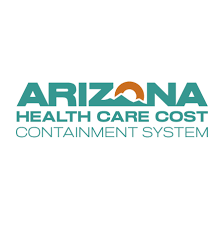When you think about the tax bill passed by congress last year you probably think about the permanent reduction in corporate tax rates and changes in the person income tax standard deductions and stuff like that. But there was a sleeper provision in the law that could influence the built environment and therefore public health. It’s a provision in the law called ‘Opportunity Zone’ investment tax deferment.
The ‘Opportunity Zones’ part of the new tax law provides incentives to investors to put their money into areas designated by states as low income or underdeveloped. The law lets investors defer (or eliminate) their capital gains tax obligation when they invest the money in a designated ‘Opportunity Zone’. If they hold the investment for 7 years, 15% of their capital gains liability can be written off. If they hold the investment for 10 years, then their entire capital gain tax liability can be written off.
The theory is that geographically targeted tax cut opportunities will encourage new clusters of economic activity to form which has the potential to improve conditions that influence the social determinants of health within the designated ‘Opportunity Zones’.
There are very few conditions that are put on the program in terms of what is a qualifying investment, except that the investment must be within a state designated Opportunity Zone. Developers must make a substantial improvement on the property in the first 30 months. Investors need to show that 70% of their capital is in the opportunity zone and 50% of their activities.
The governor of each state decides where the Opportunity Zones are (they can name 25% of the qualifying low-income Census tracts as Opportunity Zones). Our Governor delegated that decision to the Arizona Commerce Authority. Arizona’s Opportunity Zone nominations were submitted to the US Treasury Department a few months ago and have already been approved. Here’s the map of the Opportunity Zones Arizona selected.
A couple of months ago the U.S. Department of the Treasury released their guidance on the Opportunity Zone tax law provisions. The Internal Revenue Service issued proposed regulations in October.
The AZ Commerce Authority has some material on their website with a more in-depth view of Opportunity Zones including a Guidance Update Webinar Presentation and an Opportunity Funds Guidance Update Webinar Video October 2018.
One thing is clear- the incentives built into the Opportunity Zone parts of the tax bill are huge- and there will be billions of dollars moving into these Opportunity Zones in the coming years. What remains to be seen is what impact the program will have on the built environment and economic opportunities in these areas and what public health impacts will occur – both good and bad – as a result of the investments that are made in these communities.
Very few guardrails exist for what kinds of developments qualify for the tax deferral- and no doubt there will be some good things (affordable housing) and bad things (investments that don’t improve conditions) in Opportunity Zone communities in the coming years.
